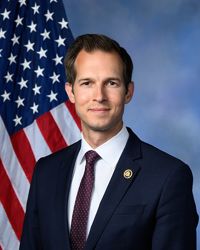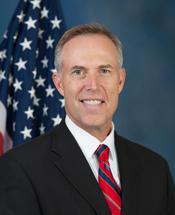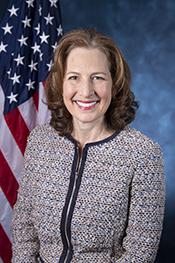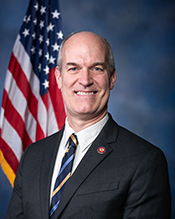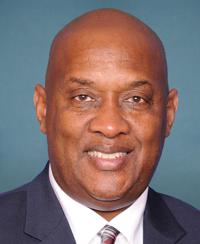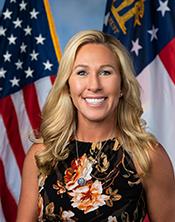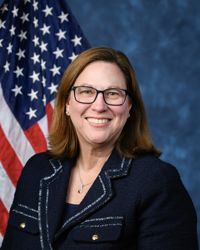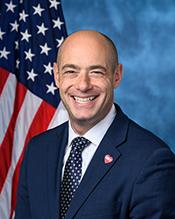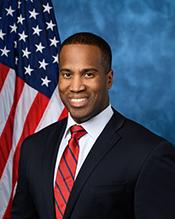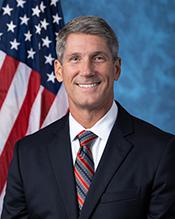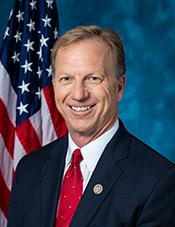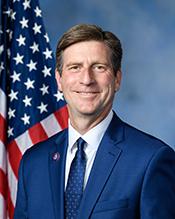H.R. 2703: Advancing Grid-Enhancing Technologies Act of 2025
The Advancing Grid-Enhancing Technologies Act of 2025 is a proposed legislation aimed at improving the electric grid in the United States through the adoption and installation of grid-enhancing technologies (GETs). Here is a summary of the main components of the bill:
Shared Savings Incentive
One of the key features of the bill is the establishment of a shared savings incentive program. This program would allow developers—entities that pay to install GETs—to receive a portion of the savings resulting from their investments in these technologies.
- The Federal Energy Regulatory Commission (FERC) is tasked with creating a final rule to implement this incentive within 18 months after the bill is enacted.
- Developers could earn between 10% to 25% of the savings over a three-year period, provided the savings are at least four times the cost of the GETs installed.
- The program applies to both new and existing transmission facilities and technologies.
Eligibility and Limitations
The shared savings incentive is applicable to any developer that installs GETs, but there are several limitations:
- The GETs must not be previously installed as of the bill’s enactment.
- The expected savings from the investment must meet specific thresholds established by FERC.
- Consumer protection measures will be included to ensure that consumers are protected under the shared savings incentive scheme.
Congestion Reporting
To better manage grid congestion, the bill also mandates that all transmission facility operators submit annual reports to FERC concerning the costs associated with congestion management. The reports need to include information on constraints causing significant costs and planned upgrades to address these issues.
- FERC will develop a universal metric for associated reports and create a map detailing the costs related to congestion in the transmission system, which must be updated yearly.
Grid-Enhancing Technology Application Guide
The act requires the Secretary of Energy to create an application guide that assists utilities and developers in implementing GETs. This guide will be reviewed and updated annually and will also provide technical assistance and a catalog of past projects to help identify potential issues and solutions.
Funding Allocation
To support the implementation of the provisions within the bill, appropriations of:
- $5 million for fiscal year 2025
- $1 million for each fiscal year from 2026 through 2036
Evaluation and Future Considerations
FERC is instructed to evaluate the effectiveness of the shared savings incentive not sooner than seven years and no later than ten years after it is implemented. This evaluation will help determine if the incentive should be modified or ended.
Relevant Companies
- NEE (NextEra Energy): As one of the largest utilities, NextEra Energy could potentially benefit from incentives for installing GETs, enhancing their transmission capabilities and efficiency.
- DUK (Duke Energy): Duke Energy may see impacts related to new installations and upgrades of transmission facilities under the provisions of the bill.
- XEL (Xcel Energy): Xcel could be affected by the need for updates in congestion management and associated reporting requirements.
This is an AI-generated summary of the bill text. There may be mistakes.
Sponsors
8 bill sponsors
Actions
2 actions
| Date | Action |
|---|---|
| Apr. 08, 2025 | Introduced in House |
| Apr. 08, 2025 | Referred to the House Committee on Energy and Commerce. |
Corporate Lobbying
0 companies lobbying
None found.
* Note that there can be significant delays in lobbying disclosures, and our data may be incomplete.

